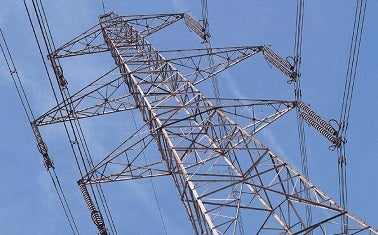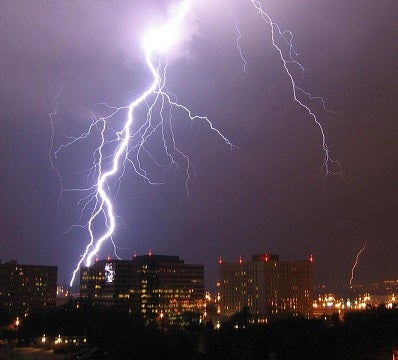 Yesterday, the Environmental Defense Fund, the Natural Resources Defense Council, the Sierra Club and the Conservation Law Foundation filed a brief in opposition to March 2014 petitions for Supreme Court review in American Fuel & Petrochemical Manufacturers Association v. Corey and Rocky Mountain Farmers Union v. Corey, cases in which oil and ethanol companies attack the constitutionality of California’s Low Carbon Fuel Standard (LCFS).
Yesterday, the Environmental Defense Fund, the Natural Resources Defense Council, the Sierra Club and the Conservation Law Foundation filed a brief in opposition to March 2014 petitions for Supreme Court review in American Fuel & Petrochemical Manufacturers Association v. Corey and Rocky Mountain Farmers Union v. Corey, cases in which oil and ethanol companies attack the constitutionality of California’s Low Carbon Fuel Standard (LCFS).
The LCFS, adopted under California’s trail blazing Global Warming Solutions Act, is a central contributor in the effort to move the transportation system away from the current paradigm of unsustainable global warming pollution, foreign energy dependence, and community-choking air pollution. The LCFS works by putting market incentives in place that encourage the production and use of low carbon fuels that were not prevalent when the program went into effect. It is projected to reduce greenhouse gas emissions from California’s use of transportation fuels by 16 million metric tons per year by 2020.
As we have explained in prior posts here and here about this important case, the challengers in the litigation have argued that the LCFS discriminates against ethanol and oil coming from outside of California and that it attempts to regulate actions occurring outside the state in violation of the U.S. Constitution’s Dormant Commerce Clause. A panel of the United States Court of Appeals for the Ninth Circuit rejected these arguments in September 2013. In their March 2014 petitions, the industry challengers seek Supreme Court review of the appeals court’s decision. The Supreme Court’s decision on whether to take the case could come as early as late June. Read More














